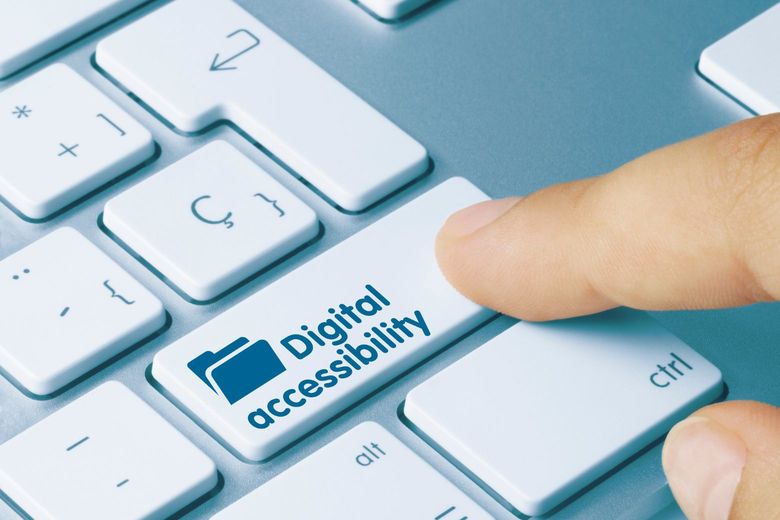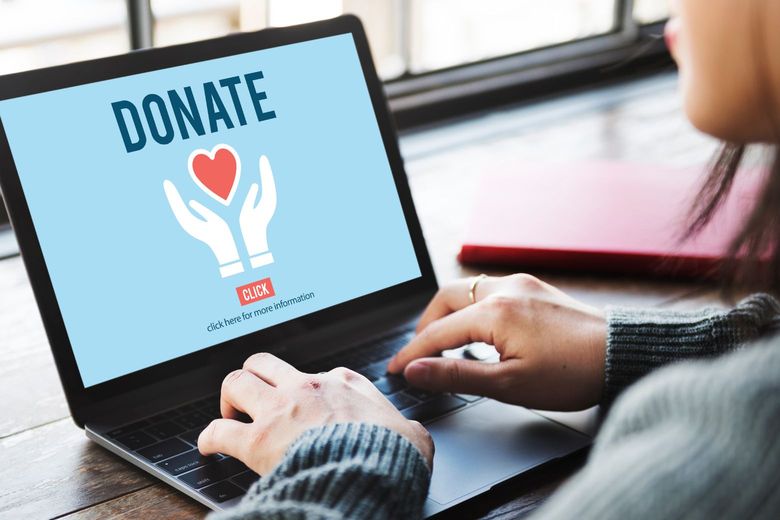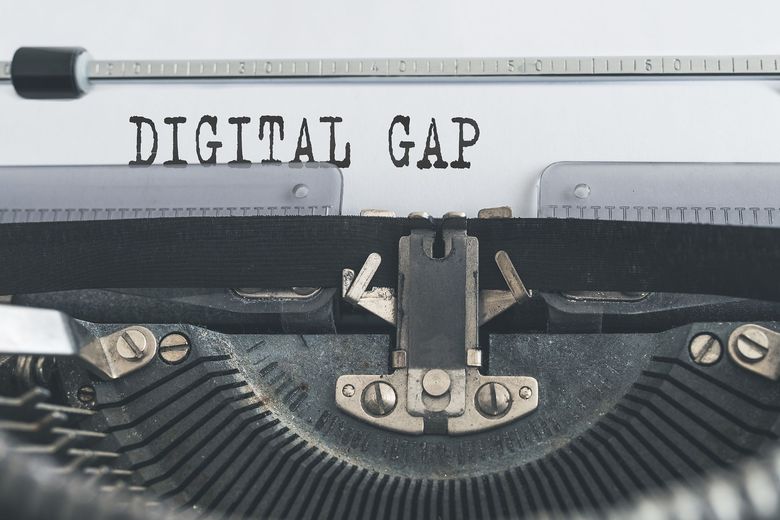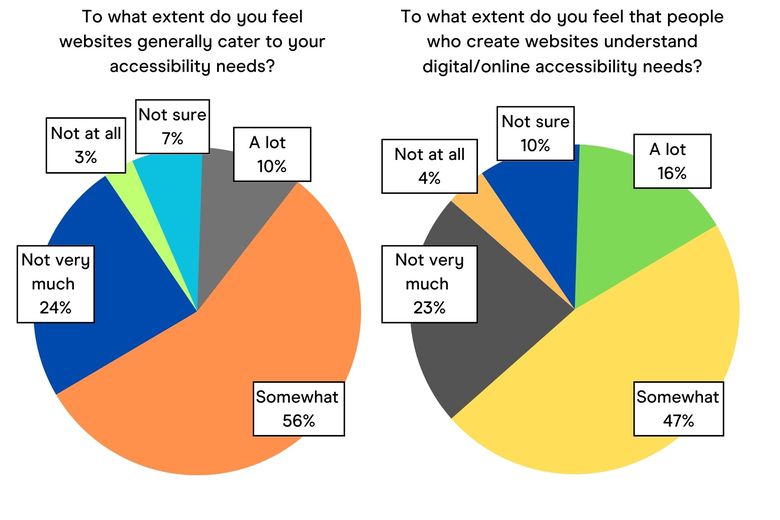
Alex McGibbon13/06/23
9 min read

As charity digital specialists, we at Giant Digital are always looking for ways to ensure that digital solutions are as up-to-date as can be – that includes being inclusive and accessible to all. With this in mind, we commissioned OnePoll to conduct a survey into website accessibility, asking neurodivergent and physically disabled adults in the UK about their experiences with online accessibility.
The results of the survey unveiled significant room for improvement needed across the board, from web design to the ease of use of online donation platforms. It found that almost a third of respondents (27%) felt that websites do not generally cater to them, while the same number (27%) reported feeling that website creators do not fully understand digital and online accessibility needs. As a result of the survey, we calculated that charities could be missing out on up to £65 million per year in online donations due to poor web accessibility.
In this summary report, we explore the key insights from the survey and shed light on the pressing need for inclusive design principles in the charity sector.
The survey targeted disabled and neurodivergent adults in the UK, seeking their perspectives on website accessibility. A total of 600 respondents participated, providing valuable feedback on their experiences and challenges while navigating websites. A calculation of the estimated loss of donations mentioned in this report is detailed below:

The survey highlighted the challenges faced by disabled and neurodivergent adults when accessing websites, with 27% of respondents feeling that websites generally do not cater to their accessibility needs. When asked about the main accessibility challenges they encounter, the respondents identified several key issues;
A significant 22% of participants reported difficulty navigating websites to find information, often due to complicated menu structures, while 17% of respondents encountered issues with unclear links or calls to action on websites.
Another notable concern raised by 18% of respondents was the difficulty in using websites with a keyboard rather than just a mouse. Incorporating keyboard accessibility features ensures that users can navigate and interact with content using alternative input methods, particularly those with physical impairments.
In terms of visual accessibility, 16% of participants highlighted that website colours and contrasts often make it difficult for them to read or use websites effectively. This suggests the need for more thoughtful design choices that consider contrast ratios and colour combinations to ensure readability for all users.
The survey revealed that almost a quarter of all respondents found written content overwhelming or difficult to read on websites. A further 17% faced challenges with video accessibility due to the lack of subtitles, whilst a lack of labelled or explained images presented a challenge to 16% of respondents. These aspects can have significant implications for individuals with both physical impairments, such as sight or hearing loss, as well as those with neurodiversity challenges.
By addressing these challenges, websites can create a more inclusive online experience for disabled and neurodivergent individuals. Simplifying navigation, using concise language, and applying inclusive design principles ensures that valuable website information can be accessed by all those who need it. A particularly important consideration for charities who offer access to support services online.

The survey revealed that almost half of the respondents have been deterred from making online donations to charities due to inaccessible websites. Additionally, a significant number reported being put off from making direct debits (33%) and product purchases (31%) due to accessibility issues. These numbers highlight the tangible impact of digital accessibility on the financial sustainability of charitable organisations.
This year’s UK Giving Report by the Charities Aid Foundation unveiled that annual charitable giving had reached £12 billion, up from £10.7 billion in 2021. However, with inflation eroding the value of charitable contributions by an estimated £500 million, charities will most certainly be looking for ways to recuperate these losses and grow their fundraising revenue.
Based on the results of this survey, UK charities, who received approximately £6 billion per year from online donations, could potentially be missing out on up to £65 million annually, thanks to a lack of focus on accessibility for donors. By addressing accessibility challenges and providing an inclusive online donor journey, charities can engage a wider donor base, and ultimately maximise their digital fundraising potential.

The survey findings shed light on the experience and perception of website accessibility among participants. When asked to rate how well websites generally cater to their accessibility needs, over a quarter of respondents (27%) felt that website owners do not understand their accessibility needs very much, or at all.
Equally concerning, was the number of respondents (27%) who felt that people who create websites either had little or no understanding of digital accessibility.

The Office for National Statistics reported that in 2021, over 17% (9.8million) of the UK’s population were considered to have a mental or physical disability. According to the British Dyslexia Association, neurodiversity specifically is thought to affect around 15-20% (10-13.5million) of the UK population.
Considering the significant number of individuals who may face accessibility challenges while using websites, it is crucial for charities to prioritise website accessibility. The findings from this survey highlight the missed opportunities for donations and engagement due to the digital gap.
Improving website accessibility is essential for bridging the digital gap and ensuring that individuals with disabilities can access and engage with online content. By embracing inclusive design principles, charities and other organisations can forge stronger connections with their audiences, unlock untapped potential, and create a profound impact on the causes they champion.
Charity website owners have a unique opportunity to make a positive impact by prioritising digital accessibility. By investing in understanding the needs of their audience and applying best practice inclusive design principles, they can tailor their websites to be more inclusive, welcoming, and user-friendly for individuals with diverse abilities. This can lead to increased engagement, wider reach, and enhanced opportunities for fundraising and support.
Ultimately, by bridging the digital gap and ensuring that their websites are accessible to all, charities can foster a more inclusive society and make a lasting difference in the lives of those they serve.

The findings from our recent survey shed light on the challenges faced by people who have been disproportionately impacted by inaccessible websites, and this valuable insight enables us to better understand their needs and create solutions that ensure inclusivity.
We want to ensure that all charities have the tools and knowledge needed to focus on the fundamentals of their online presence, ensuring their websites are inclusive and accessible to all.
We have therefore developed a free digital accessibility health check service for charities, in the hopes that it will be one step closer to ensuring equal access and inclusivity for all people, on all platforms.
The new service provides high-level insights into a URL’s accessibility status, generating a quick and concise report that has actionable recommendations for improvement. This tool reviews key web elements such as alt text, colour contrast, keyboard accessibility, and video captions. It can be requested by using the form below.
Charities may also wish to access other digital accessibility resources including an e-book and website accessibility checklist, all of which are available to download from our website.
For those seeking a more comprehensive digital accessibility audit, a detailed analysis is available upon request.